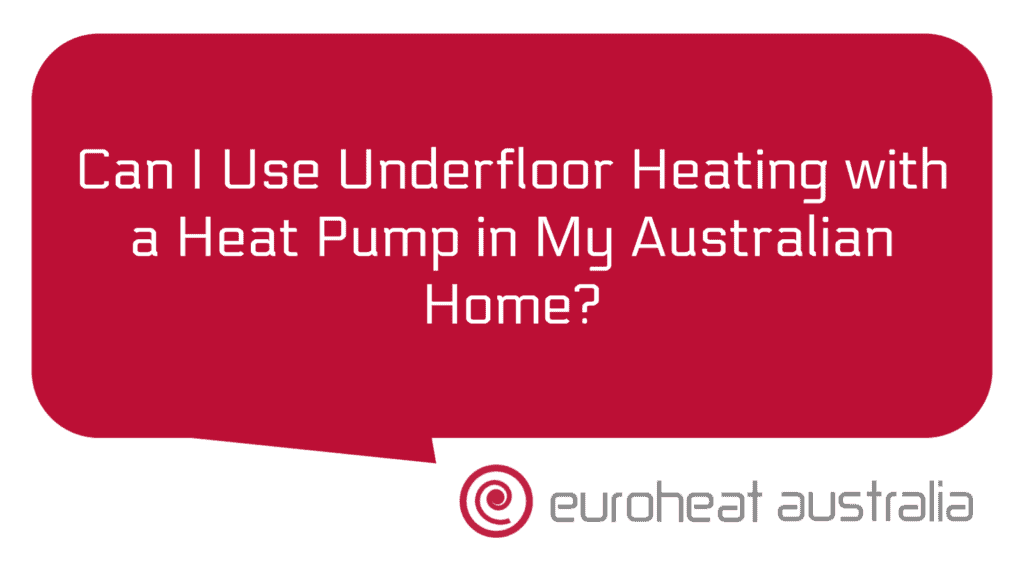Underfloor heating is becoming increasingly popular in Australia, and with good reason. It’s a great way to keep your home warm during the cooler months, and it’s far more energy efficient than traditional forms of heating. But did you know that you can also benefit from using geothermal heat pumps for underfloor heating?
In this article, we’ll take a look at the pros and cons of using geothermal heat pumps for underfloor heating, as well as what benefits come from installing them. We’ll also look at how much energy savings and cost reduction you could expect with the help of an experienced designer and installer like Euroheat Australia.
So let’s start by taking a look at what geothermal heat pumps are and how they work. Geothermal heat pumps are systems that use the Earth’s natural energy to provide heating or cooling to a home or building. They work by extracting heat from the ground via pipes that contain fluid which is then pumped into the home or building. This fluid carries with it stored thermal energy which can be used to either cool a space in summer or to heat it in winter. It’s incredibly efficient and cost-effective too!
Now let’s take a look at some of the pros of using geothermal heat pumps for underfloor heating:
Firstly, they are incredibly efficient when compared to traditional heating systems such as radiators or air conditioning units. This is because they use the Earth’s natural energy instead of electricity or gas, meaning you could save up to 70% on energy bills each year!
Secondly, they are very low maintenance due to their straightforward design – all you need to do is top up the fluid levels periodically and make sure there are no leaks. This means you can enjoy your underfloor heating without having to worry about any costly repairs or maintenance costs!
Lastly, geothermal heat pumps can be installed relatively quickly compared to other types of heating systems – typically around 2 days for an average sized house. This makes it a great choice if you want your home heated quickly!
Now let’s move on to some of the cons of using geothermal heat pumps for underfloor heating:
The main disadvantage is that these systems require quite a bit of space – typically 4-9 metres squared depending on your house size – so if space is an issue then this may be something you want to consider before committing to installation. Additionally, these systems tend to be more expensive than other types of underfloor heating systems so if budget is a concern then this might not be suitable for your needs.
However, despite their downsides there are still plenty of benefits from installing geothermal heat pumps for underfloor heating – not least because they provide incredibly reliable and efficient performance year-round. Plus there’s no need for any additional equipment such as radiators or air conditioning units which means less clutter in your home!
And when it comes down to installation costs, Euroheat Australia can help keep those costs down thanks to their experienced team who have over 30 years experience designing and constructing hydronic heating & cooling systems throughout Perth and beyond. Not only do they offer competitive prices but their services also include design assistance as well as aftercare support once installation has been completed – something that cannot always be said about other installers in the area!
All things considered, while there are some downsides associated with geothermal heat pumps for underfloor heating it’s clear that these systems come with plenty of benefits too – including cost savings due their efficiency – making them worth considering for anyone looking for reliable performance all year round without breaking the bank!





